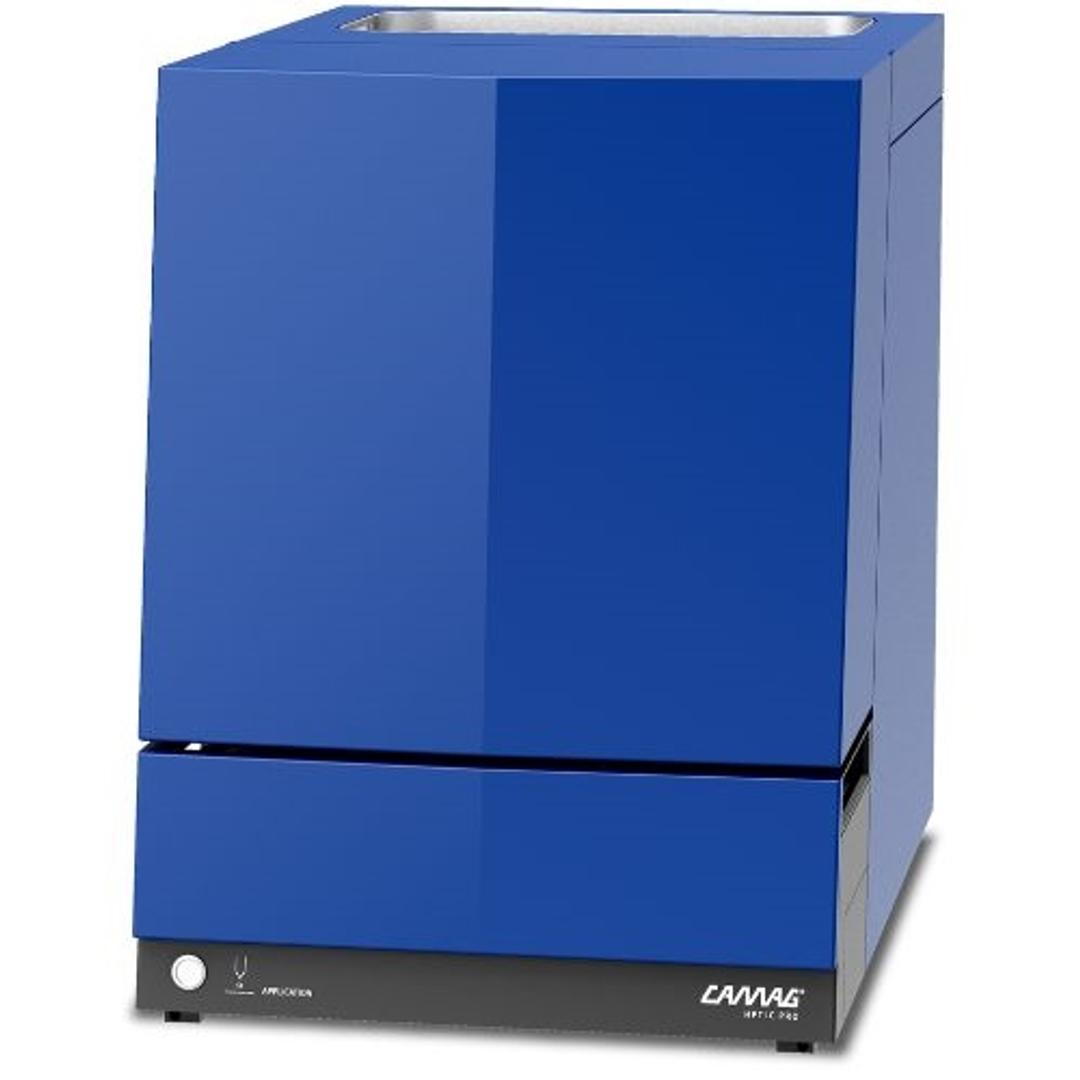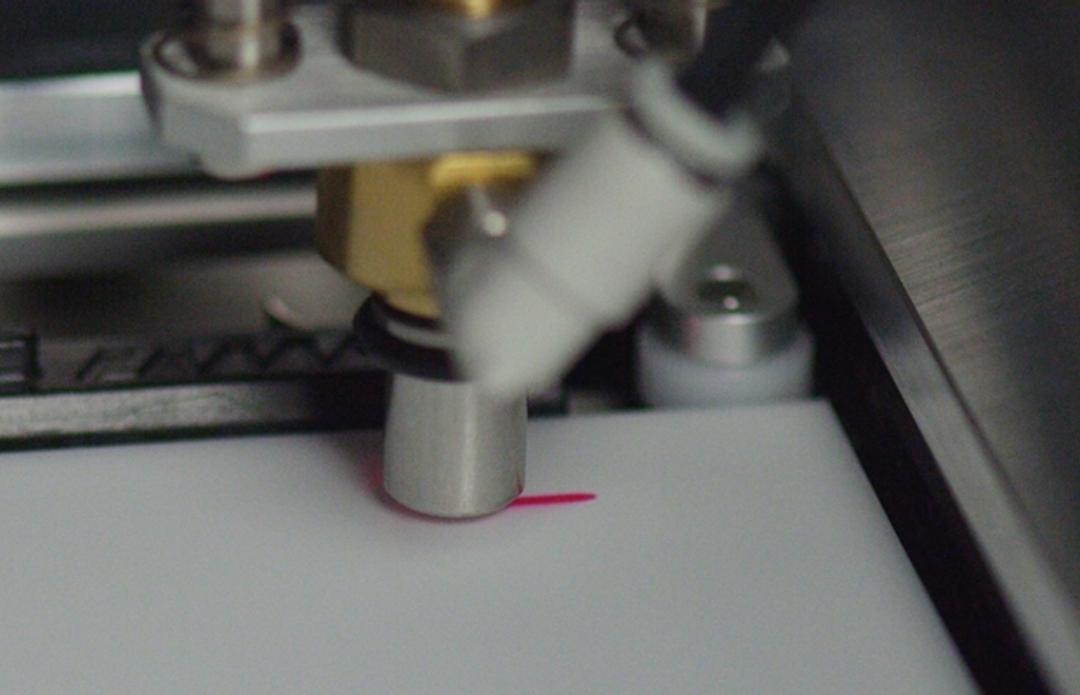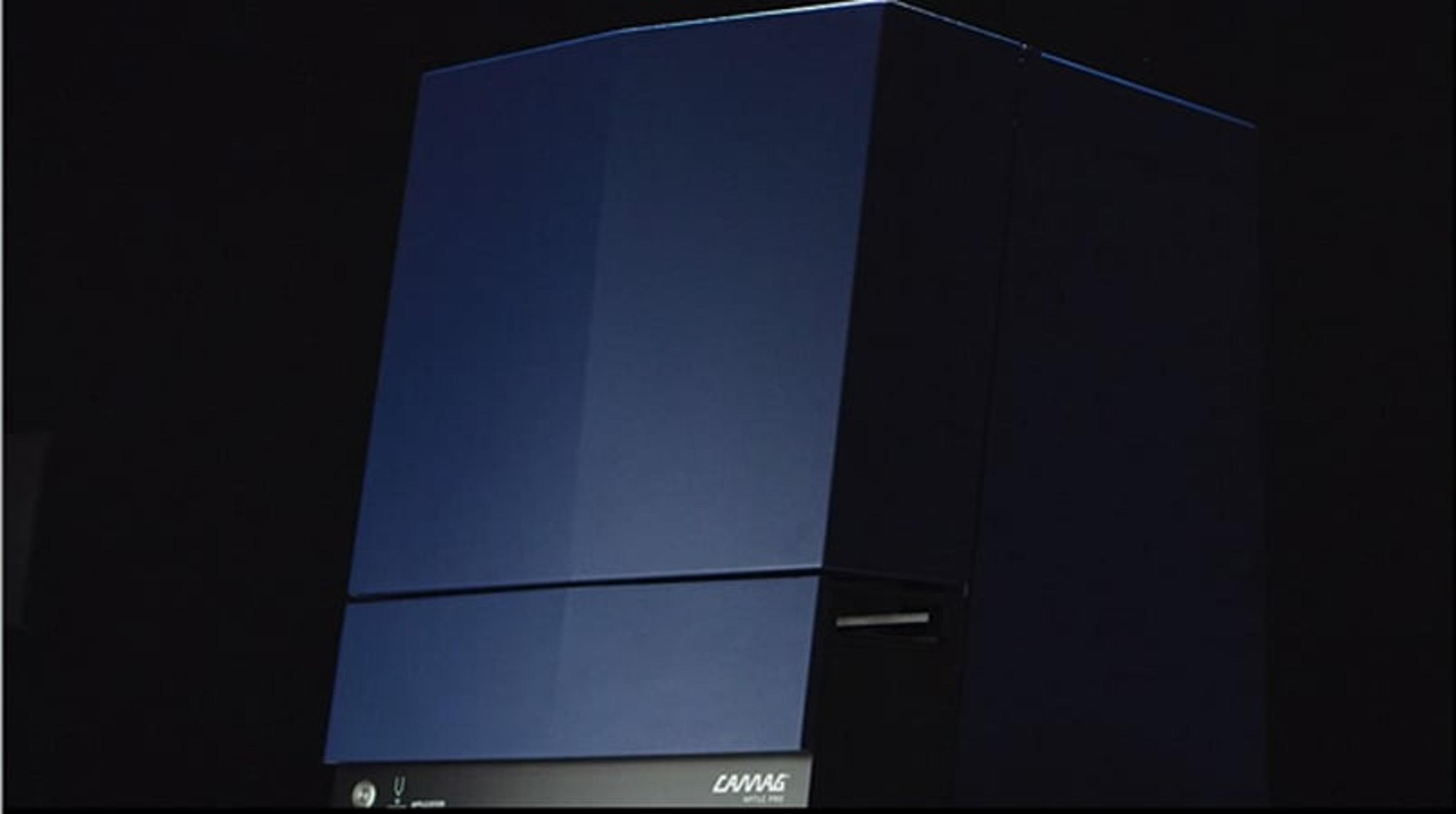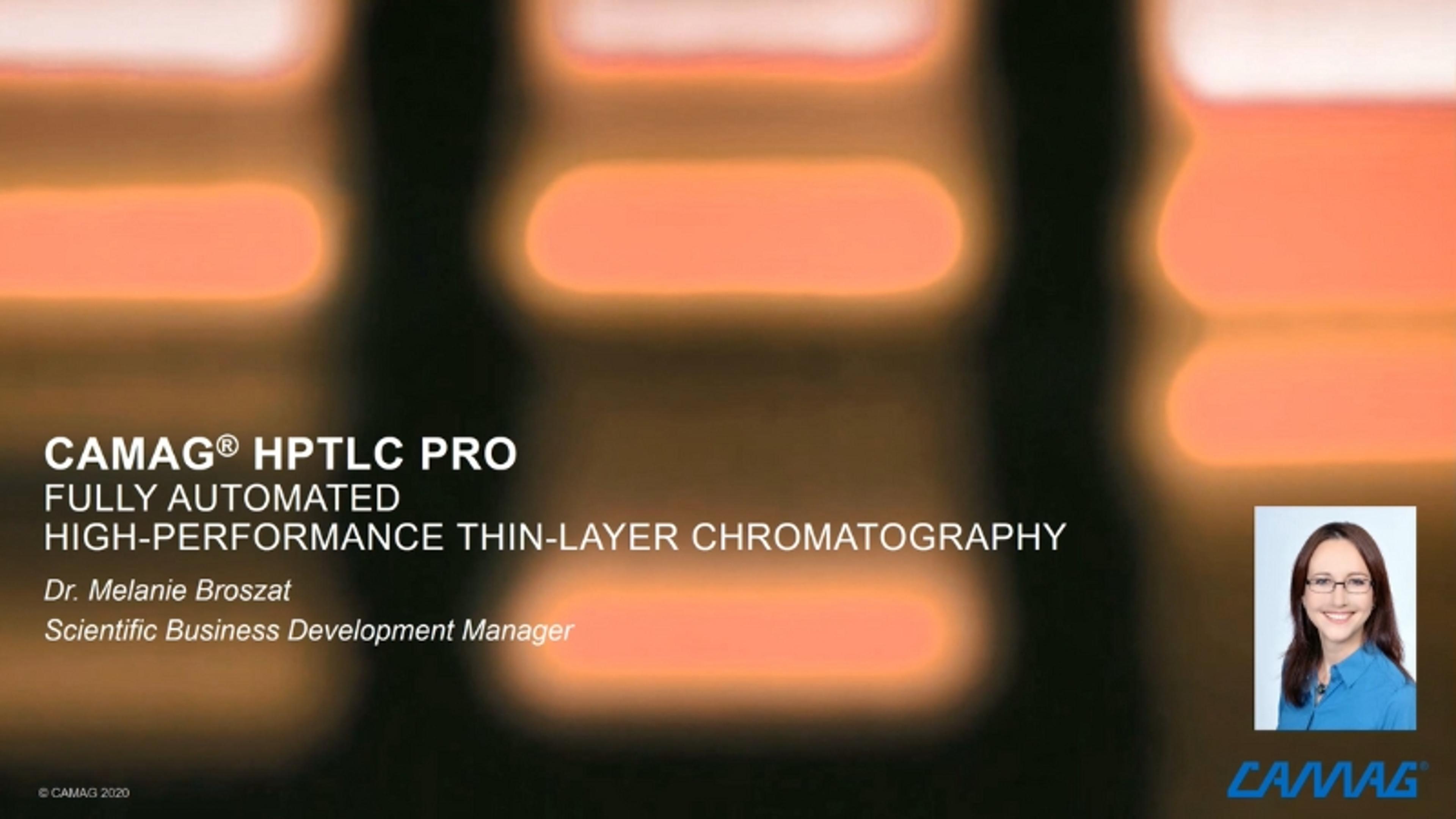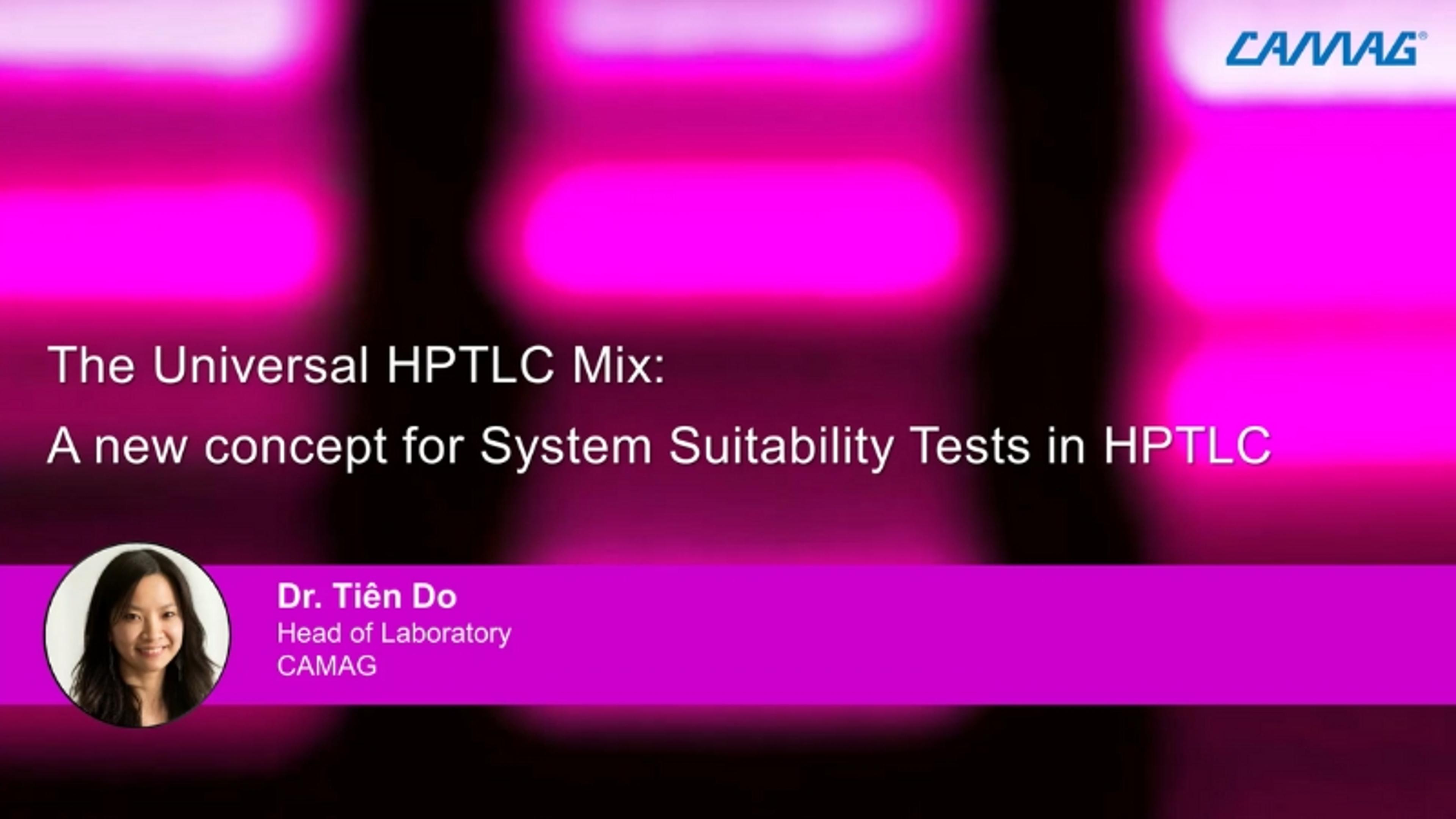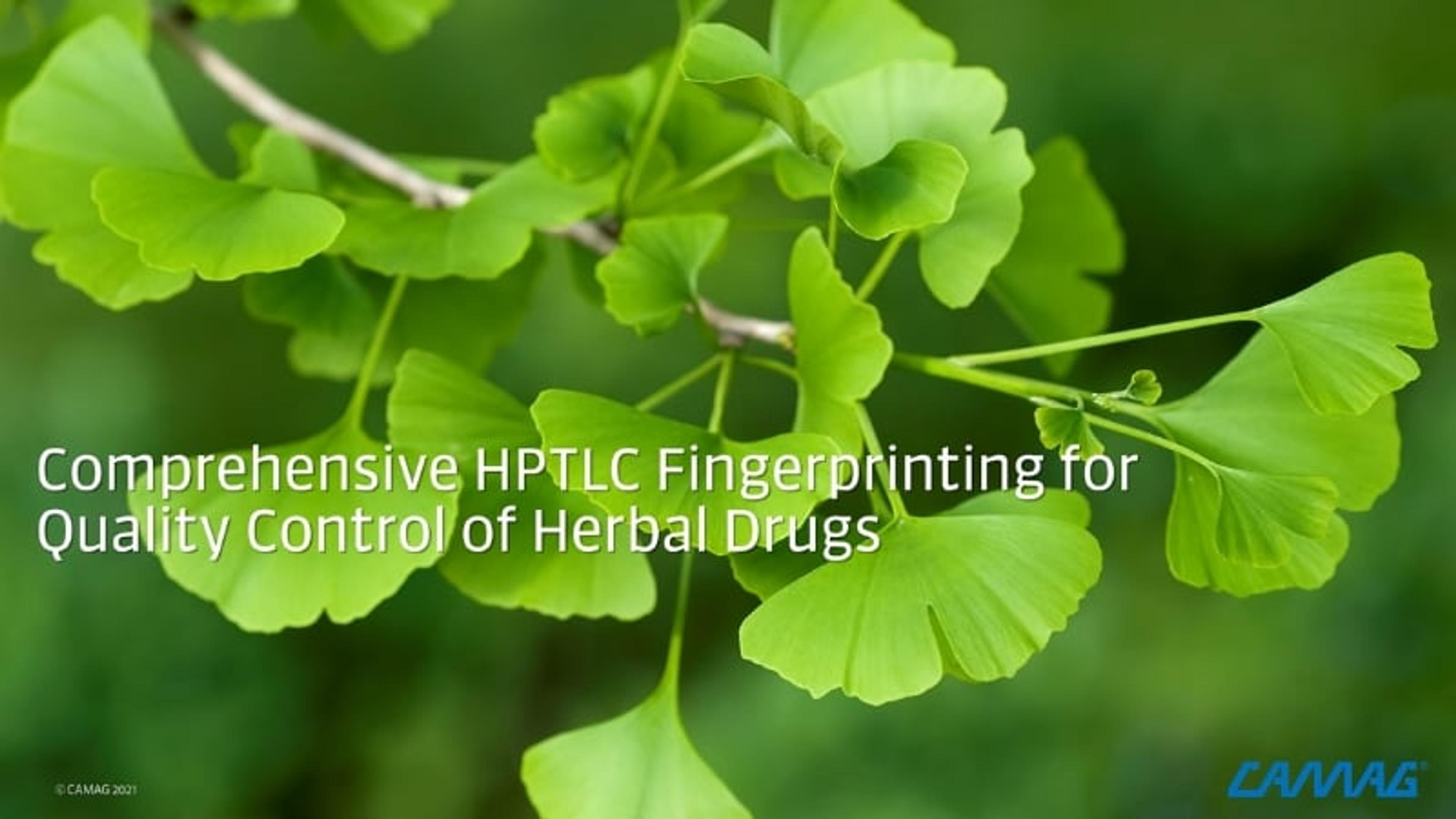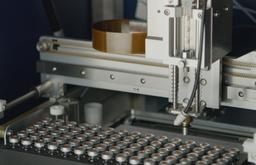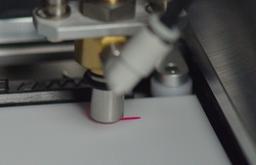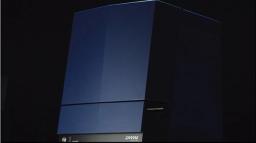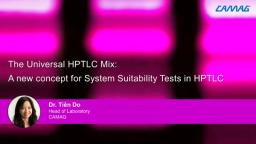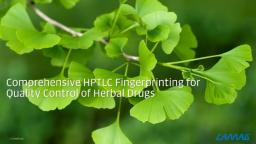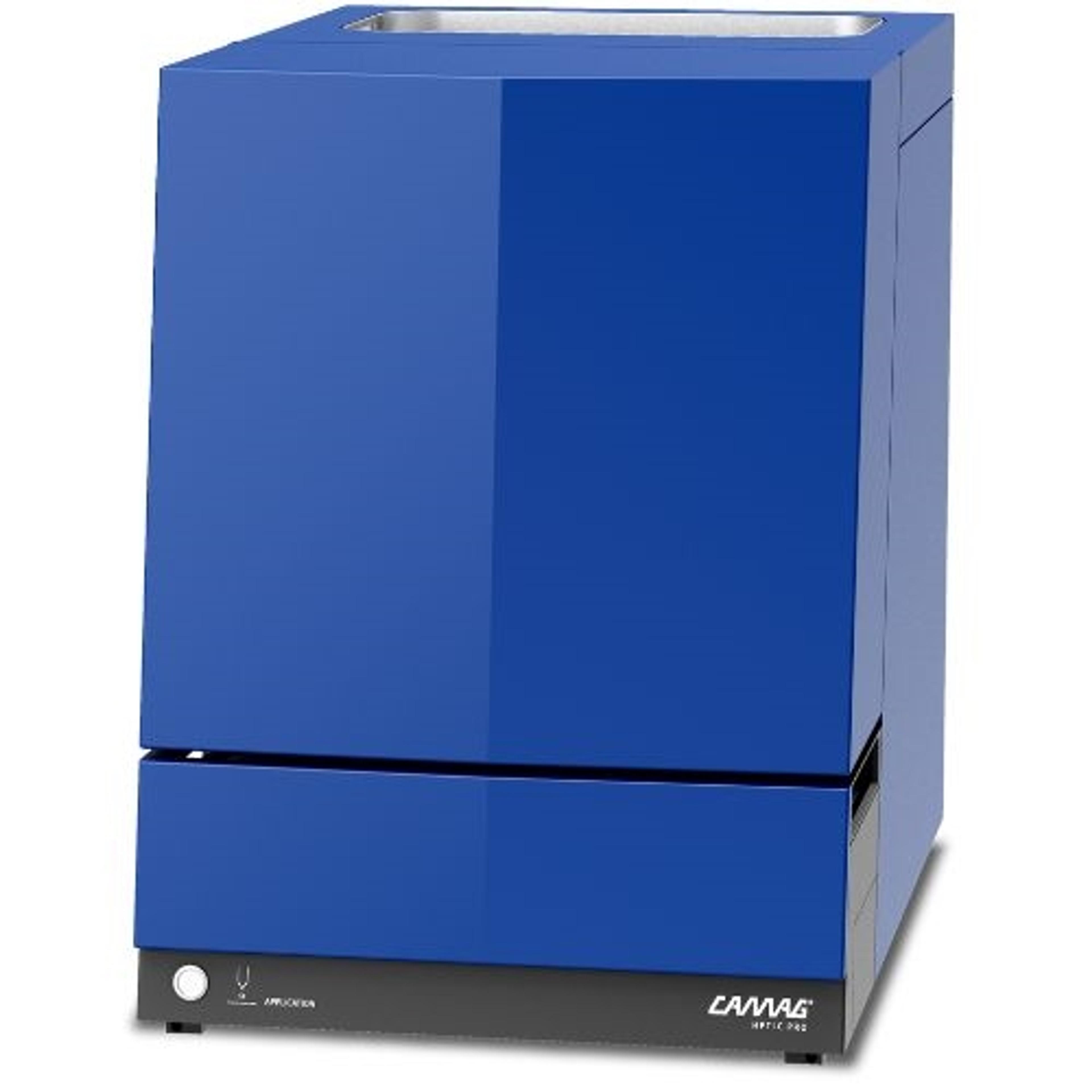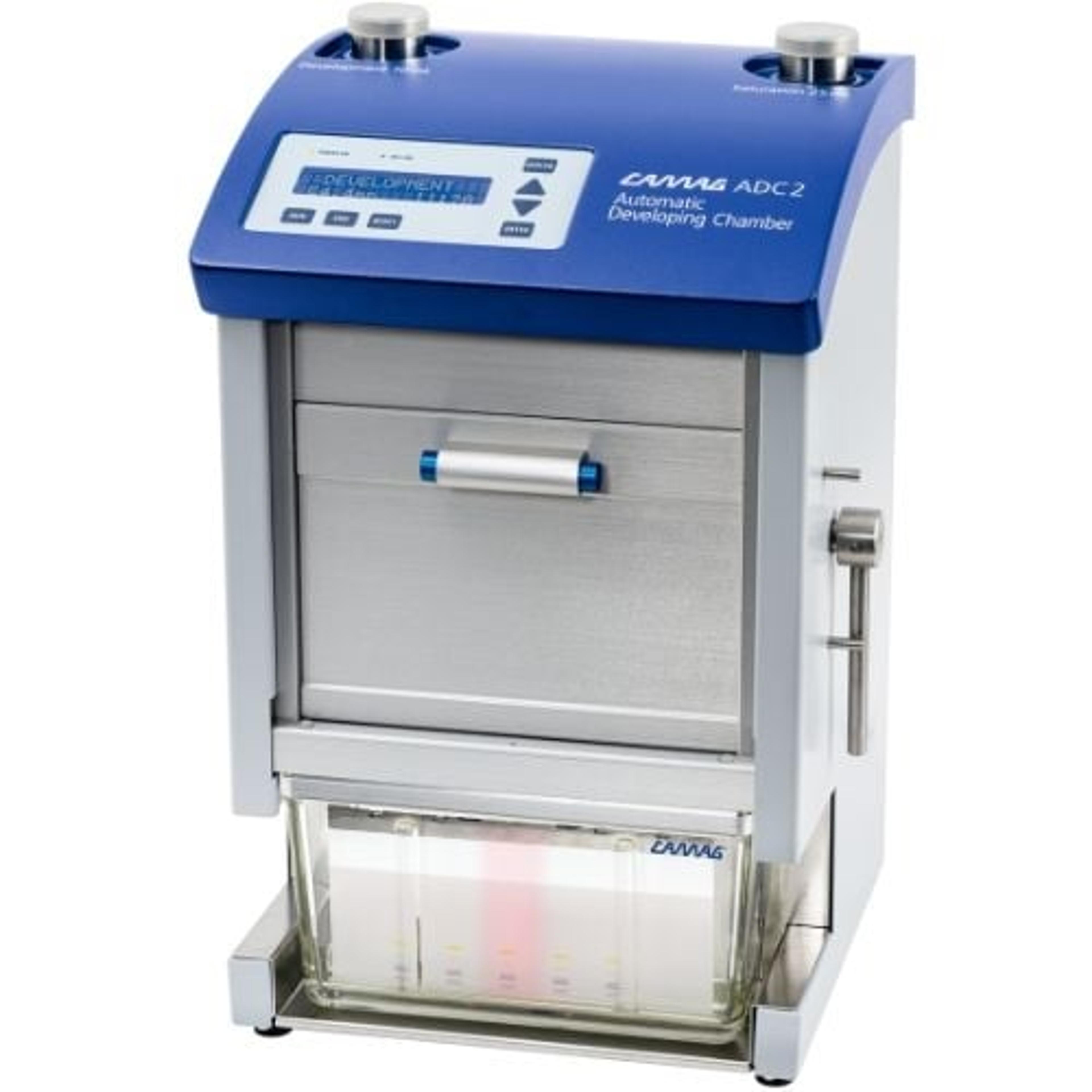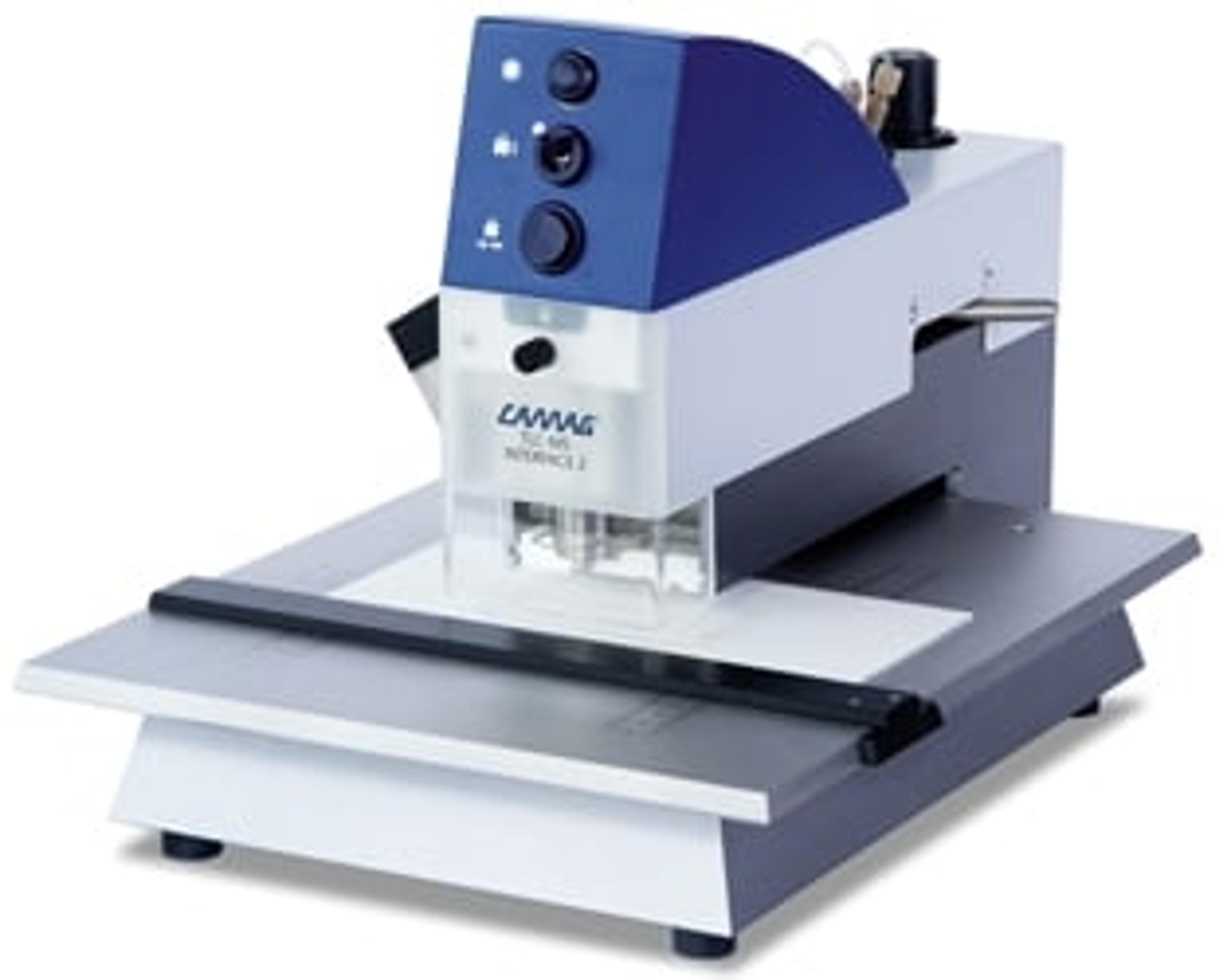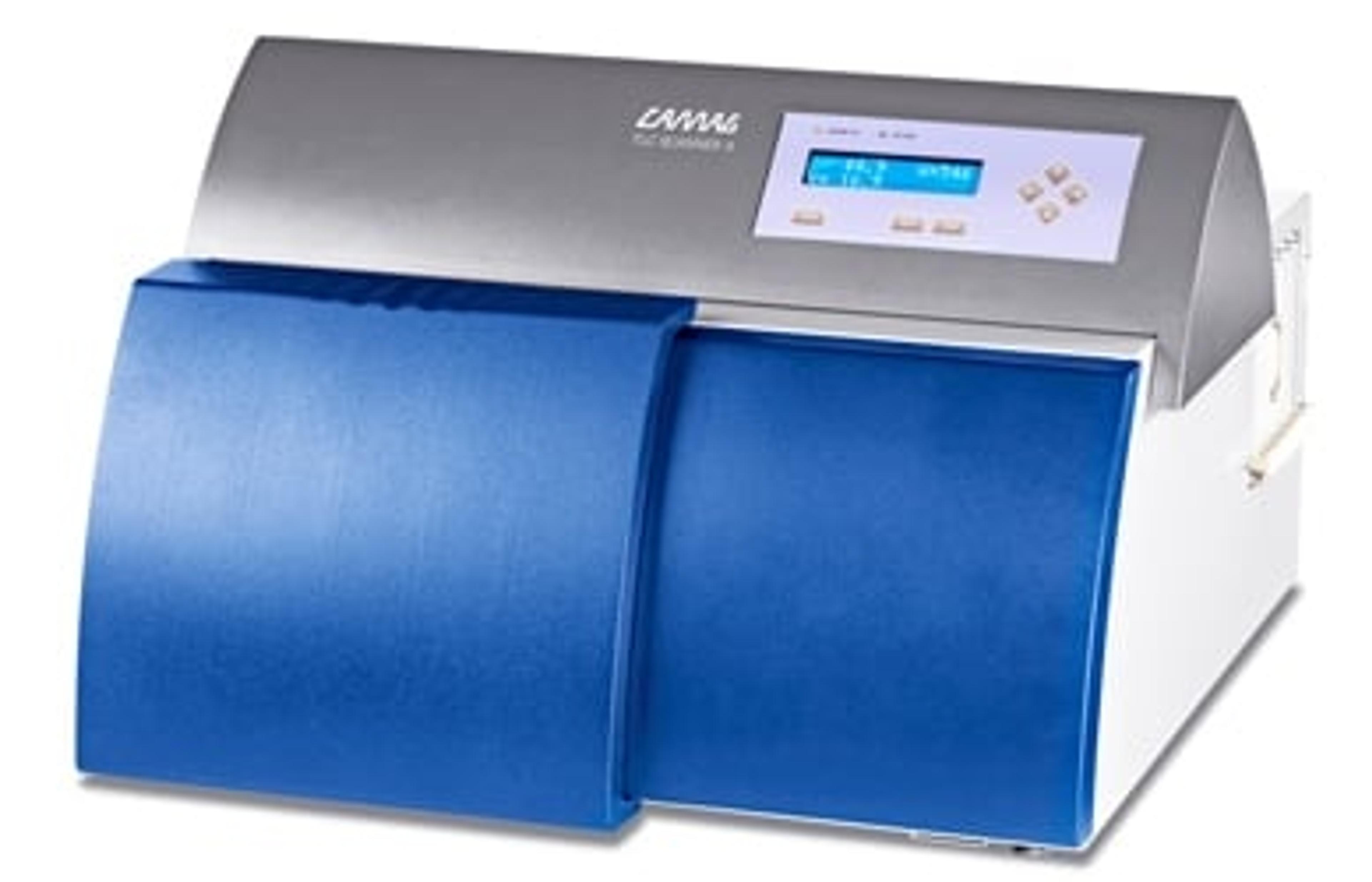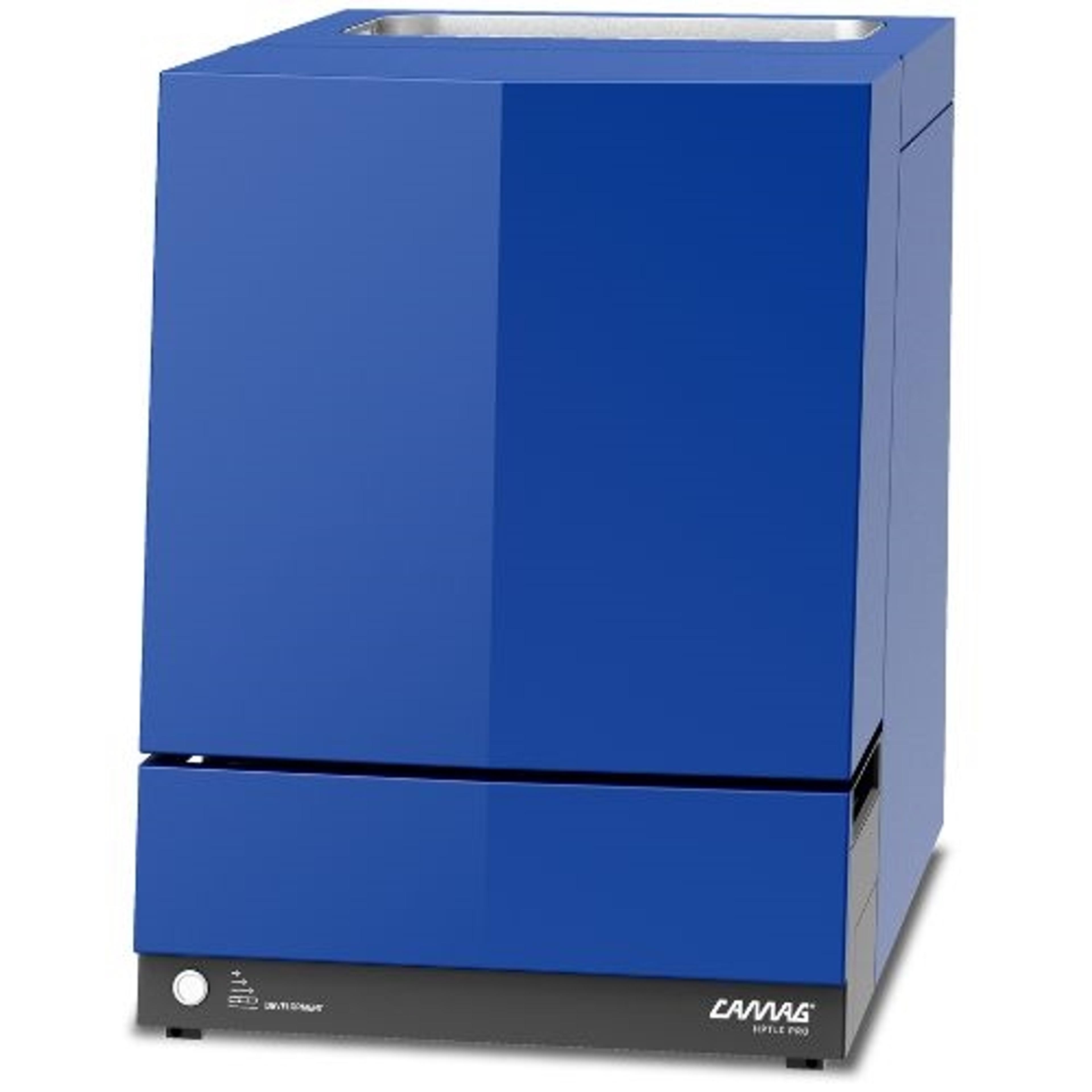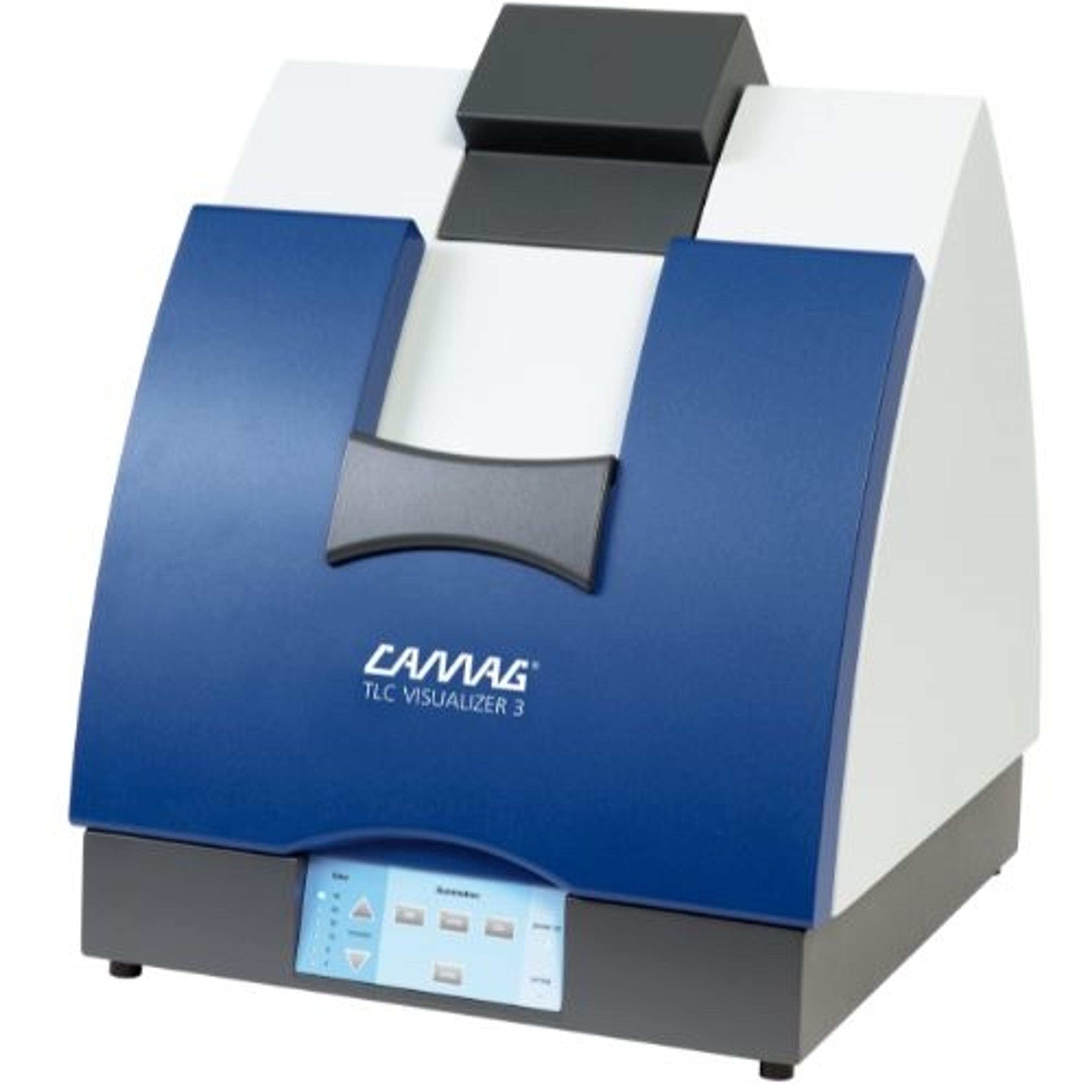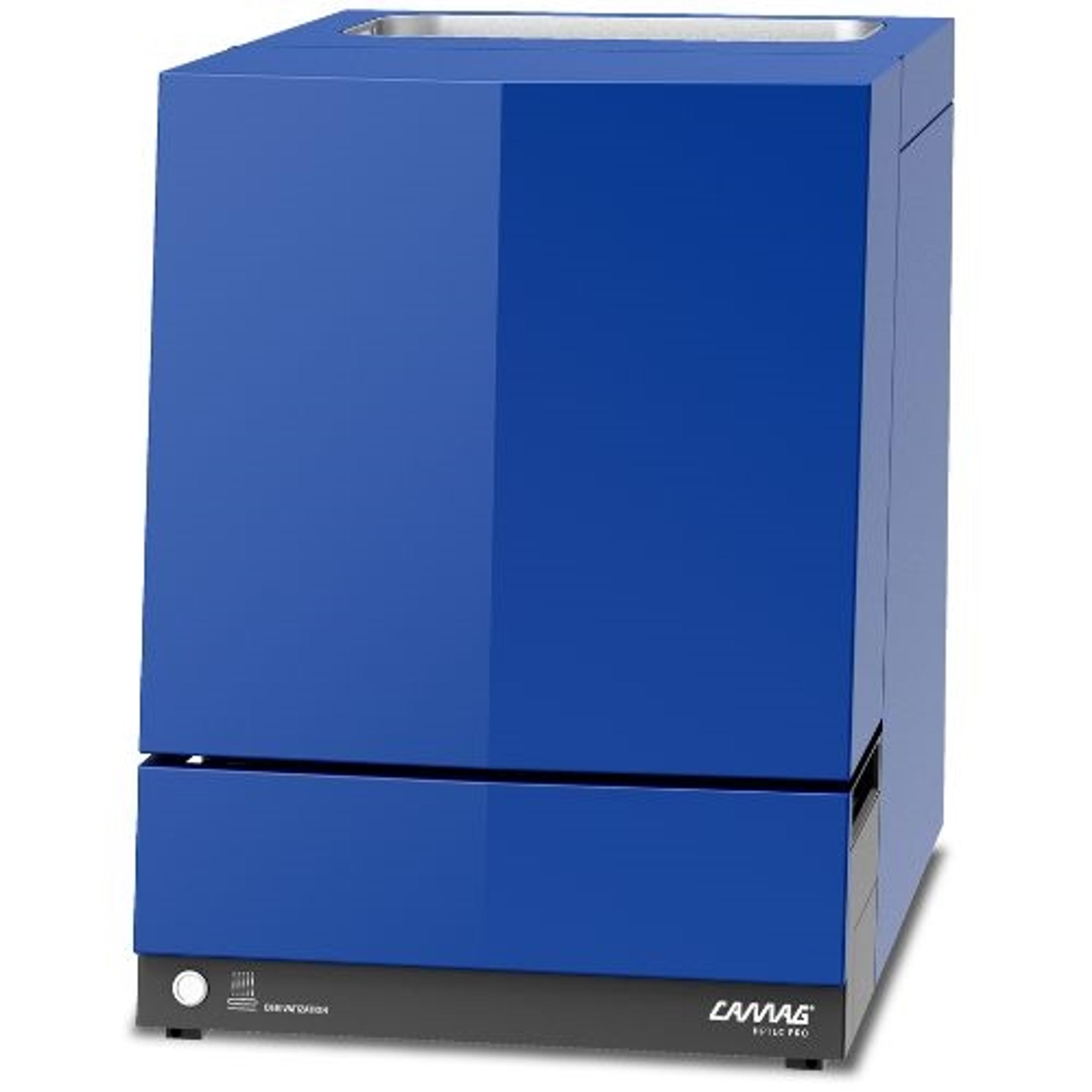HPTLC PRO Module APPLICATION
Application of up to 75 samples as bands onto HPTLC glass plates (20 x 10 cm).
Have applications, including pharmaceuticals, clinical, forensic science.
Qualitative and quantitative analysis of herbal drugs
The HPTLC is very useful in Quality control, identity, purity test etc. in pharmaceutical sciences. Through HPTLC we have developed finger prints for identification of various medicinal plants of North-eastern region under project.
Review Date: 22 Feb 2024 | CAMAG
HPTLC, excellent instrument for quantitative analysis of sample.
quantitative analysis of active constituents
It is so much effective tool which is in use world wide
Review Date: 31 Mar 2023 | CAMAG
HPTLC instrument help in quantify component in a given sample.
Pharmaceutical Sciences
I am happy to have such instrument in my lab.
Review Date: 24 Jan 2022 | CAMAG
Results are much better with great reproduction and precision.
Phytoconstituents sample analysis with reproducibility
HPTLC is mainly used by us for the separation of alkaloids, flavonoids, terpenoids, and steroids. It's easy to handle and seems to sister concern with TLC with low cost operation and easy to handle.
Review Date: 22 Oct 2021 | CAMAG
The HPTLC PRO Module APPLICATION is part of the CAMAG® HPTLC PRO SYSTEM – the first fully automated HPTLC system worldwide.
The HPTLC PRO Module APPLICATION is designed for highly precise application of samples as bands onto HPTLC glass plates. Controlled by the CAMAG® HPTLC Software visionCATS, the autonomous application of up to 75 samples is supported (on up to five HPTLC plates).
Users have the choice to operate a module as stand-alone or as part of the HPTLC PRO SYSTEM. If two or more modules are connected to form a system, a conveyor moves the HPTLC plate from one module to the other.
Key Features
- Part of the fully automated HPTLC PRO SYSTEM
- Spray-on application of samples as bands
- Autonomous application of up to 75 samples
- HPTLC glass plates (20 × 10 cm)
- Software-controlled by visionCATS
Key Benefits
- Highly precise application zones through optimized spraying procedure adapted for each sample solvent
- Advanced cleaning capacities (two rinsing solutions)
- Improved cleaning procedure and application strategy to prevent cross contamination
- Minimized sample and solvent consumption

